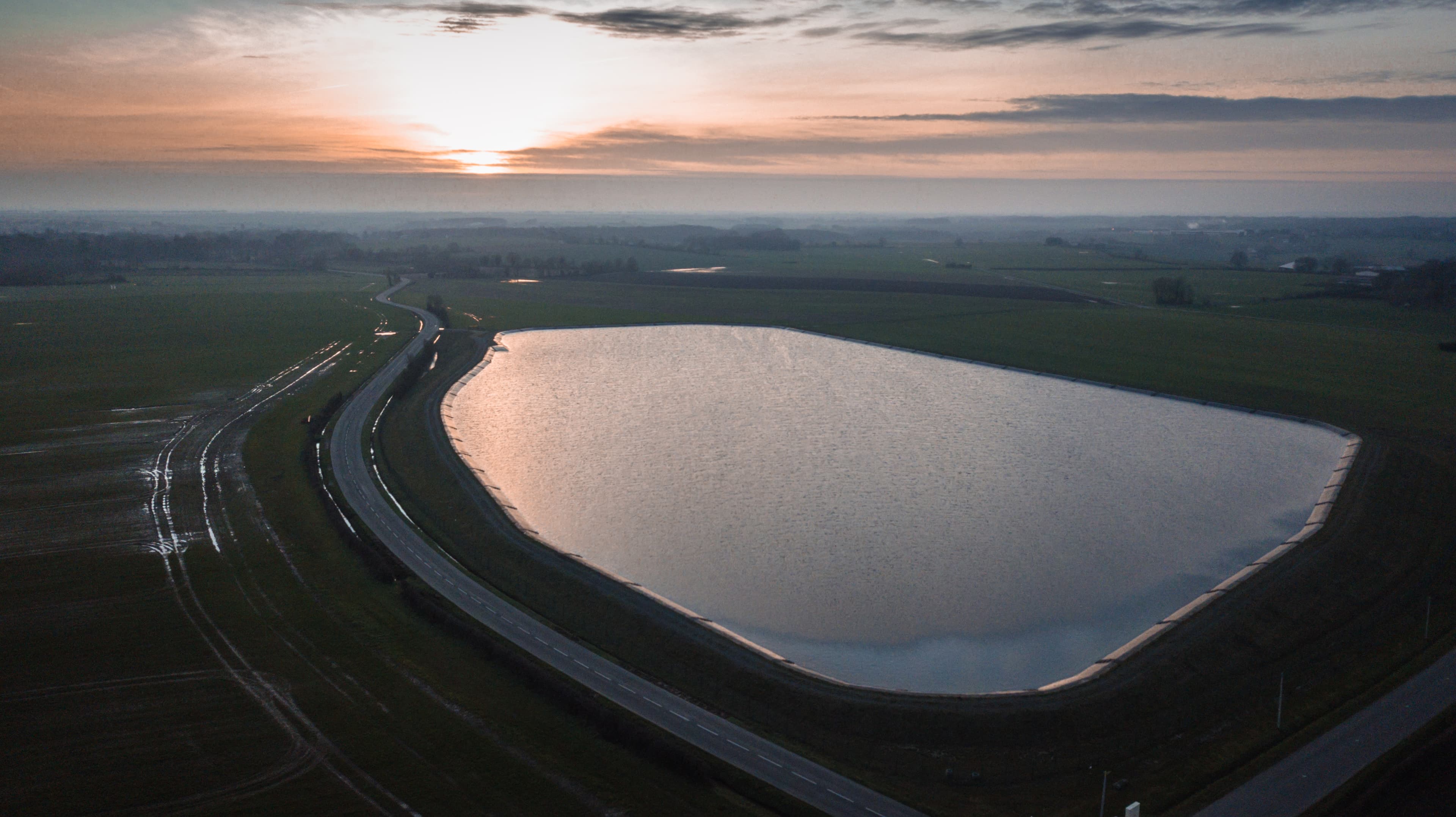
How can geosynthetics accelerate agriculture outputs and improve resilience?
Agriculture is the backbone of the developing world. Irrigation and water storage are two of the biggest challenges for farmers worldwide – but particularly in countries vulnerable to the effects of climate change. Estimates suggest that only 18% of all cultivated land is irrigated.
However, this land produces 40% of all food and in places where little land is irrigated, water management becomes vital. The challenges related to malnutrition, long-term food security, and sustainable agriculture cannot be ignored.
How can geosynthetics help?
In agriculture, geosynthetics improve the efficiency and performance of several water containment, storage, and conveyance solutions, from water storage tanks to ponds and canals. They address many of the weaknesses of traditional solutions such as structural construction materials like compacted soil, clay, concrete, or steel. Canals offer an excellent example.
Sustainable and resilient
Research suggests that globally around one third of the water conveyed in unlined canals is lost to seepage. The case for the use of geosynthetic liners is strong. Geosynthetics are tough, flexible, and designed to provide peak performance under a wide range of conditions in a variety of applications. Geosynthetics can help build production efficiency, sustainability, and resilience.
Protective and reliable
Canals are often lined with unreinforced concrete which, under even normal operating conditions, can become susceptible to cracks – typically due to temperature variations or settlement of the subgrade, resulting in significant water loss. Geomembranes, used in combination with these traditional solutions or on their own, are a more reliable barrier material. They offer superior flexibility and capacity to manage minor differential settlement, are puncture resistant, highly resistant to UV, and come with the option of textured surfaces for improved structure stability and safety. In locations where they could be exposed to potential damage, they can be covered by a protective layer of concrete, soil- or concrete-filled geocells, or other suitable material.
Geosynthetics in agriculture
Geomembranes have been used successfully to contain fresh water, preventing loss through evaporation and leakage, as well as to securely contain wastewater from various agricultural applications, protecting groundwater from contamination. In addition, geosynthetics can be used to improve slope and foundation stability in agriculture related structures such as dams; and waterproof and prolong the serviceability of containment structures, such as reservoirs and ponds.
Reservoirs and ponds
Geosynthetic solutions offer cost-effective, easy to weld, highly flexible liners suitable for both large-scale projects and prefabricated installations. Replacing earthen lined ponds with geomembrane-lined ponds reduces maintenance, keeps water volume consistent and reduces the occurrence and impact of contaminants from entering the system.
Dams
Creating an effective, safe liquid barrier is one of the major challenges in dam construction. Geosynthetics provide cost-effective solutions for effective liquid barrier, seepage containment, drainage, structural reinforcement, and erosion control functions to secure scarce water resources.
Floating covers
Floating covers facilitate evaporation control, odor suppression, thermal protection, biogas energy recovery and even algae control.
The value of investing in water management for improved outputs and resilience has paid off in many places. Smart investment in geosynthetics will preserve that investment and further accelerate outputs.
Developed by leading experts and manufactured in state-of-the-art facilities, GSE® HD and GSE LL geomembrane products all meet or exceed GRI-GM standards.